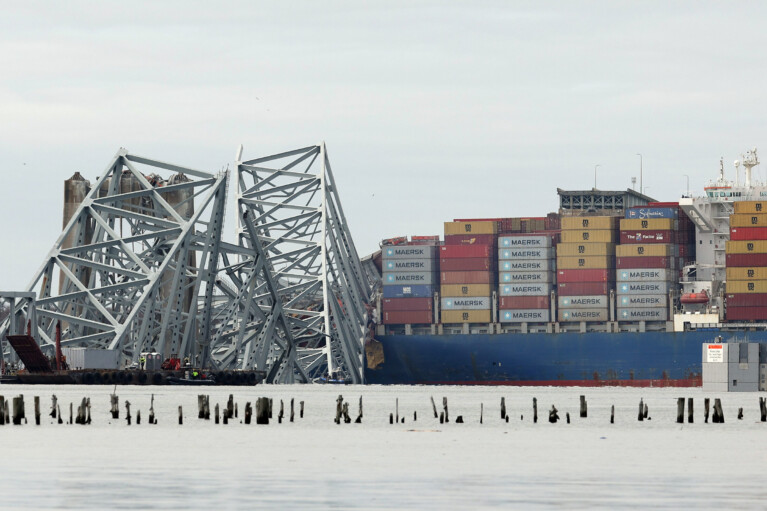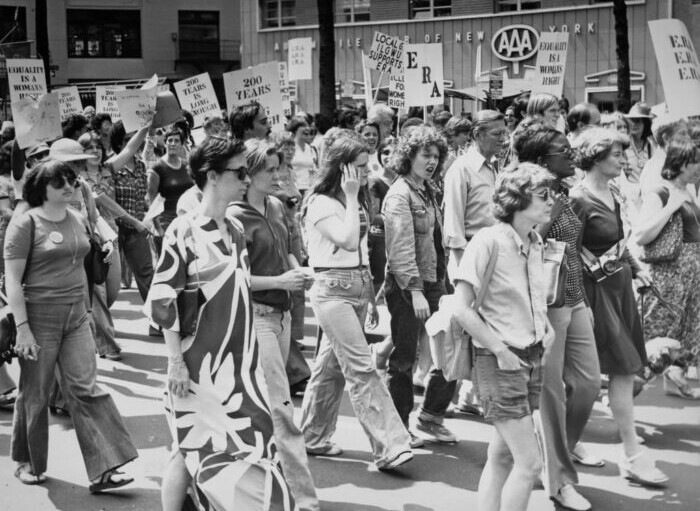Baltimore Water Treatment Plant Upgrade Expected to Dramatically Reduce Sewage Overflows
A $430 million project that aims to curtail 80% of Baltimore City’s sewage overflows into the Harbor and the Chesapeake Bay was formally completed on Monday.
Baltimore City Mayor Brandon M. Scott (D) stood alongside Lt. Gov. Boyd K. Rutherford (R), U.S. Senators Benjamin L. Cardin (D) and Christopher J. Van Hollen, Jr. (D) and Baltimore County Executive John A. Olszewski, Jr. (D) at the Back River Wastewater Treatment Plant on Monday afternoon to cut the ribbon on the Headworks Project.
“Headworks is all about improving the lives of residents across the Baltimore region, while also making our waterways, including the Chesapeake Bay, healthier,” Scott said in a statement.
“This project also helps fulfill Baltimore’s Sanitary Sewer Consent Decree requirements to address sewage overflows. These are the types of infrastructure investments we need to build a more equitable, sustainable Baltimore for this and future generations.”
Two decades ago, federal officials found that Baltimore City’s aging sewage overflows violated the Clean Water Act. The city entered into a consent decree in 2002 with the U.S Environmental Protection Agency, U.S. Department of Justice and Maryland Department of the Environment, which requires it to upgrade its century-old sewage system and eliminate sewage overflows by 2030. The original deadline to fix the city’s sewage system was 2016.
The Back River Waste Water Treatment Plant, constructed more than a century ago, treats wastewater from Baltimore City and Baltimore County. But waste backup in its 12-foot-wide pipes restricts how quickly water and waste can flow through the plant. During large storms, water can inundate the system, causing backups up to 10 miles and sewage will then overflow into Jones Falls, which flows to the Baltimore Harbor and then to the Chesapeake Bay.
The Headworks Project aims to increase wastewater treatment capacity to handle excess flow and is considered a major effort to meet the city’s sewage consent decree. The project includes eight powerful pumps, four of which will be working full time and the other four which will be turned on only during critical times. Two 18 million gallon storage tanks for excess flows into the plant have also been installed.
“Modernizing our water infrastructure is vital to ensuring safe drinking water for our communities and preventing sewage overflows from harming homes, waterways, and our environment,” Van Hollen said. “This project will help improve water quality for Baltimore residents, ensure equity, promote sustainability, and lift our economy —all while protecting the health of streams, the Inner Harbor, and the Chesapeake Bay. I was proud to help secure federal support for this project, and I will continue working in Congress to provide additional funds to modernize Baltimore’s essential infrastructure.”
“Marylanders have a right to clean, safe water. Slashing by 80 percent the sewer overflows in Baltimore that can deposit a variety of unwanted pollutants into the Chesapeake Bay is a tremendous accomplishment,” Cardin, chair of the Senate Environment and Public Works Transportation and Infrastructure Subcommittee, said in a statement.
Environmental advocacy groups also lauded the project’s completion.
“Baltimore is another step closer to having a swimmable and fishable harbor. We’re hopeful that this project’s completion will stop the sewer overflows that plagued city residents and surrounding waterways,” Josh Kurtz, the Maryland Executive Director of the Chesapeake Bay Foundation, said.
“While this type of public infrastructure investment may not be easily seen, over time, the payoff will come for Baltimore residents who will have fewer sewer backups and, ideally, increased access to clean water.”
(Editor’s Note: Kurtz is no relation to Maryland Matters Editor Josh Kurtz.)




 Creative Commons Attribution
Creative Commons Attribution